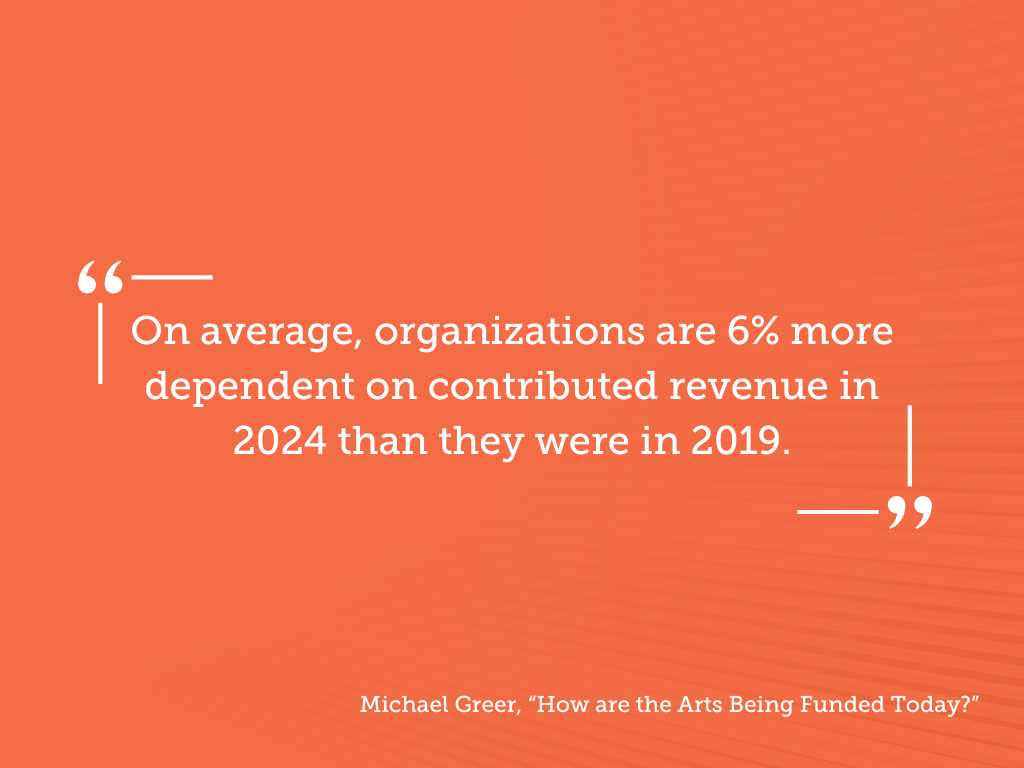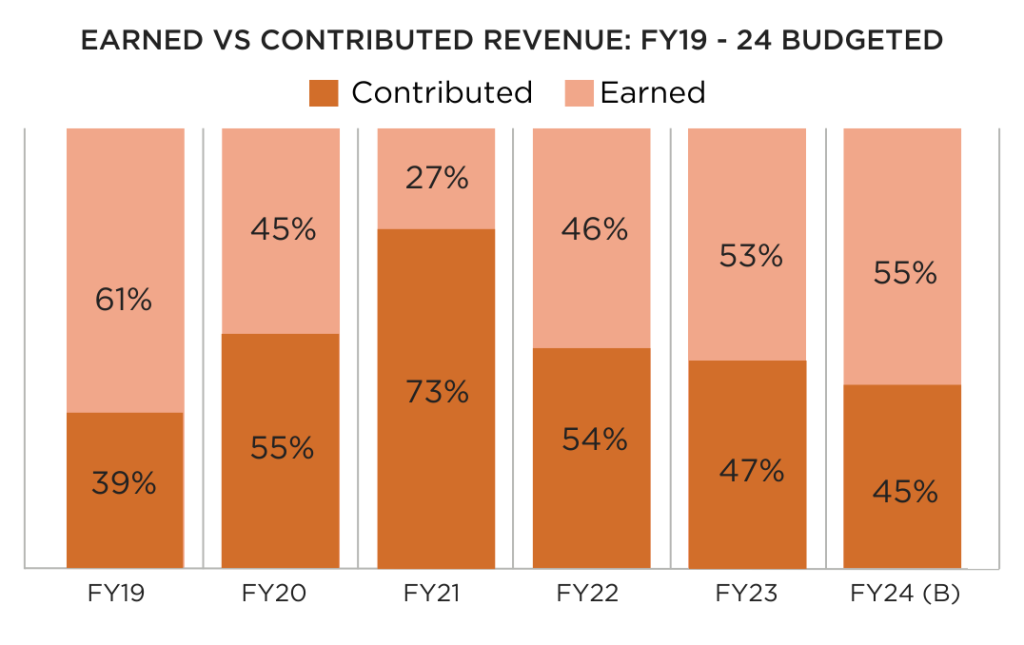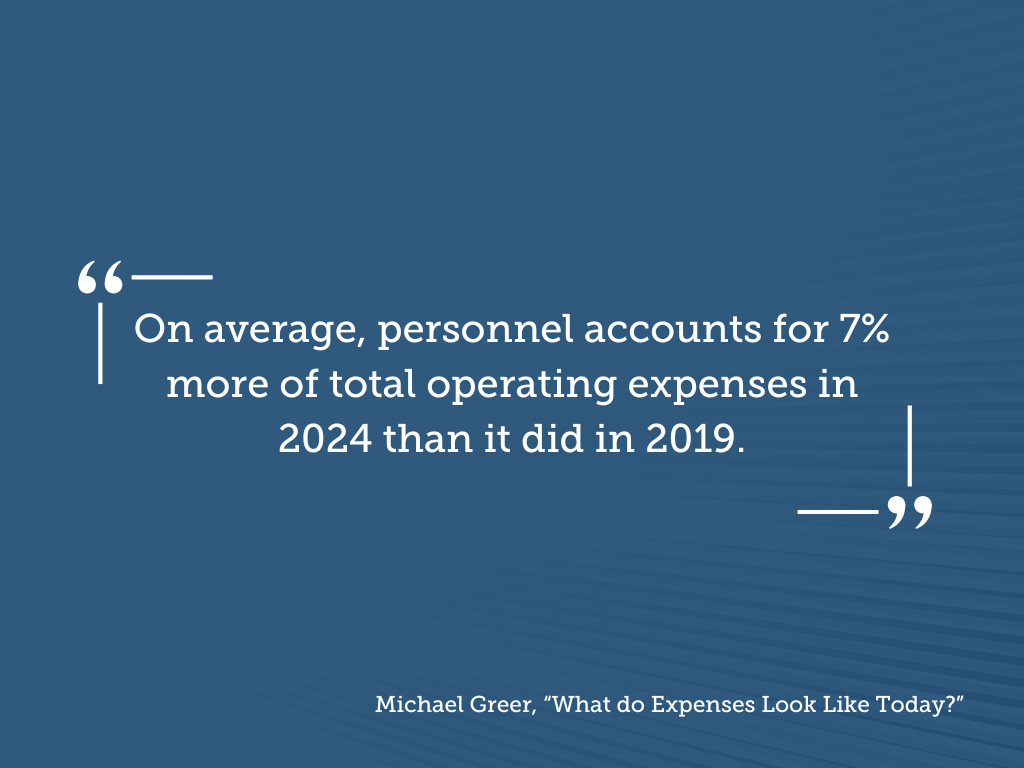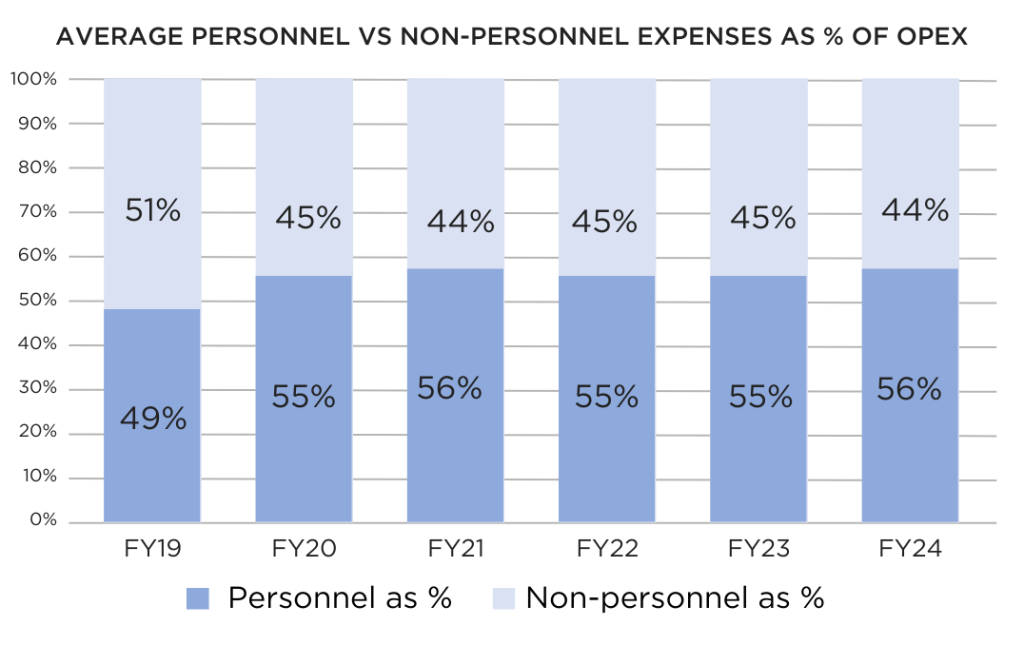
Advocacy
Advocacy
Advocating for arts and culture on the local, statewide, and national levels is a core component of ArtsFund’s mission.
Legislative Session Overview
ArtsFund continues to support the sector through our advocacy work. In FY24, ArtsFund was a key advocate in supporting King County’s passage of Doors Open, a cultural access program designed to increase public access to arts, culture, heritage, and science. Passed by the King County Council, ArtsFund worked with partners to make the case for this historic legislation, helping to secure public funds for the sector.
Cultural Access
In 2023, the King County Council unanimously passed Doors Open legislation to increase funding to the county’s arts, heritage, science, and historic preservation non-profit organizations through a 0.1% sales tax, which is anticipated to be approximately $100 million per year. On August 1st, 2024, applications for the brand-new funding opened.


Left Photo: Hodie Christus Natus Est, Boston Camerata and Medieval Women’s Choir, Early Music Seattle, photo by Nick Hidy.
Right Photo: Raúl de Nieves: A window to the see, a spirit star chiming in the wind of wonder… [Installation view]. Henry Art Gallery, University of Washington, Seattle. 2023], Photo by Jonathan Vanderweit.
Update on Cultural Access
To help organizations navigate the new funding opportunities, ArtsFund hosted a Doors Open lunchtime learning session where participants learned how to prepare for the funding cycle and gained insights into future Doors Open funding opportunities. Casey Moser and Fundisha Tibebe, Program Managers for 4Culture’s Doors Open initiative, provided valuable information on eligibility, timelines, and how to apply for the 2024 Sustained Support and Doors Open Facilities programs.
ArtsFund in the Community
In FY24, ArtsFund’s leadership staff participated in panel discussions, contributed to podcasts, and attended conferences to engage with the broader arts and cultural community.
Downtown Seattle Association’s Seattle City Maker’s Podcast, Episode 53
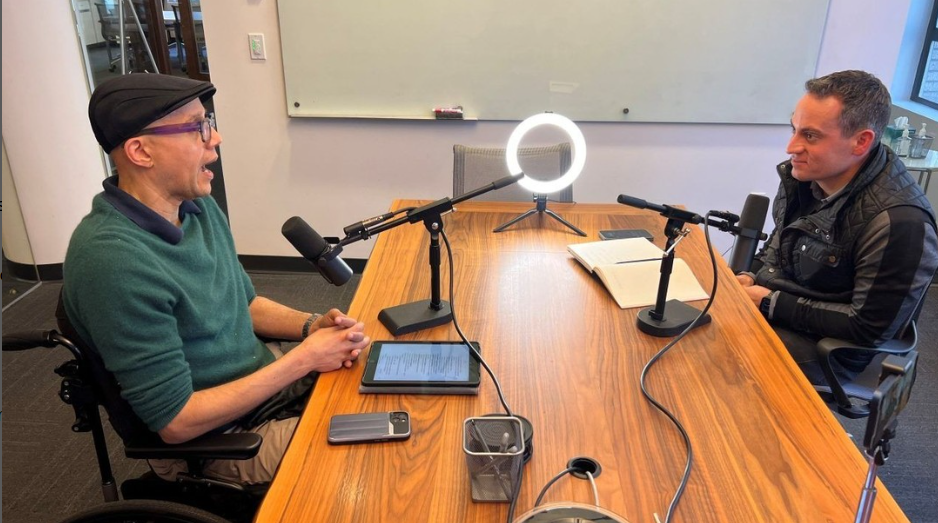
Photo: Michael Greer and Jon Scholes, Courtesy of DSA Seattle City Makers Podcast
Seattle City Makers Podcast Episode 53
ADDITIONAL PANEL DISCUSSIONS
Leadership Exchange for Arts and Disability (LEAD) Conference
Panel discussion: Funding Access in the Arts
Philanthropy Northwest
Panel discussion: Reimagining Arts Funding
Black Tech Night at Remitly
Panel discussion: Tech and Art in the Black Community
Research
ArtsFund’s research studies detail the importance of the arts and culture as a key driver of a healthy community. For over 30 years, ArtsFund has been studying how the arts create measurable impacts that bring public value across communities. Starting with our regional economic impacts, expanding to social impacts, and most recently tracking statewide COVID cultural impacts, ArtsFund is providing timely findings for advocacy in the sector.
In FY23 and FY24, ArtsFund launched a new research initiative examining the positive community impacts of nonprofit arts and cultural institutions across Washington State. This study, in partnership with SMU DataArts, measures the ways that the arts contribute to livable communities across the state of Washington. The Livability Impact Study was released online in March 2025.

Youth Artists in Studio C. Left to right: Kiddus, Maceo. Totem Star, photo by Amori Piñon
White Papers

Research spearheaded by ArtsFund President & CEO Michael Greer, completed in June 2024, includes data from 349 organizations across 28 counties and looks at funding composition and expense trends at cultural nonprofit organizations over six years. In white papers “How are the Arts Being Funded Today?” and “What do Expenses Look Like Today?” he explores possible levers for change, the benefits of balancing earned and contributed revenue, and the positive impact of competitive wages as a means to create long-term strength in the sector.
Building for the Arts
Building for the Arts (BFA) is a longstanding cultural capital funding program created by ArtsFund and the Boeing Company in 1991. Now administered by the Department of Commerce, the program provides arts and cultural facilities with up to 33% of project costs up to $2M in public funds for renovations, new construction, or acquisition. The BFA application opened in 2024 for the next project slate. Attracting projects from across the state, ArtsFund continues to promote the opportunity among the cultural sector and champion full funding for all selected projects through the 2025-2027 legislative session.
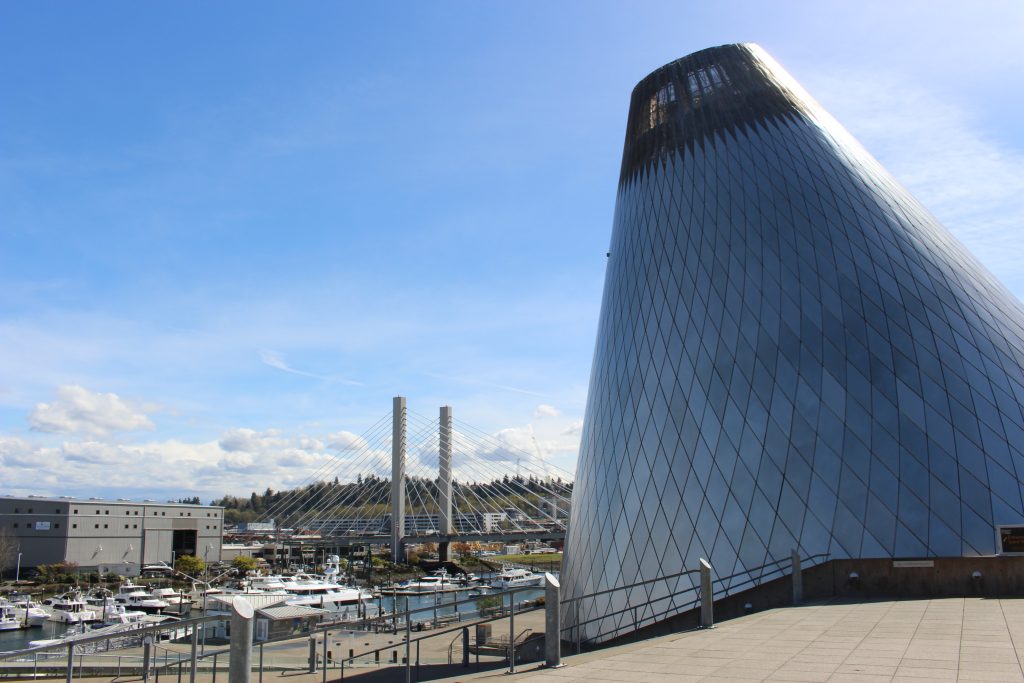

Left Photo: Stainless Steel Cone, photo courtesy of Museum of Glass.
Right Photo: Hodie Christus Natus Est, Boston Camerata and Medieval Women’s Choir, Early Music Seattle, photo by Nick Hidy.
